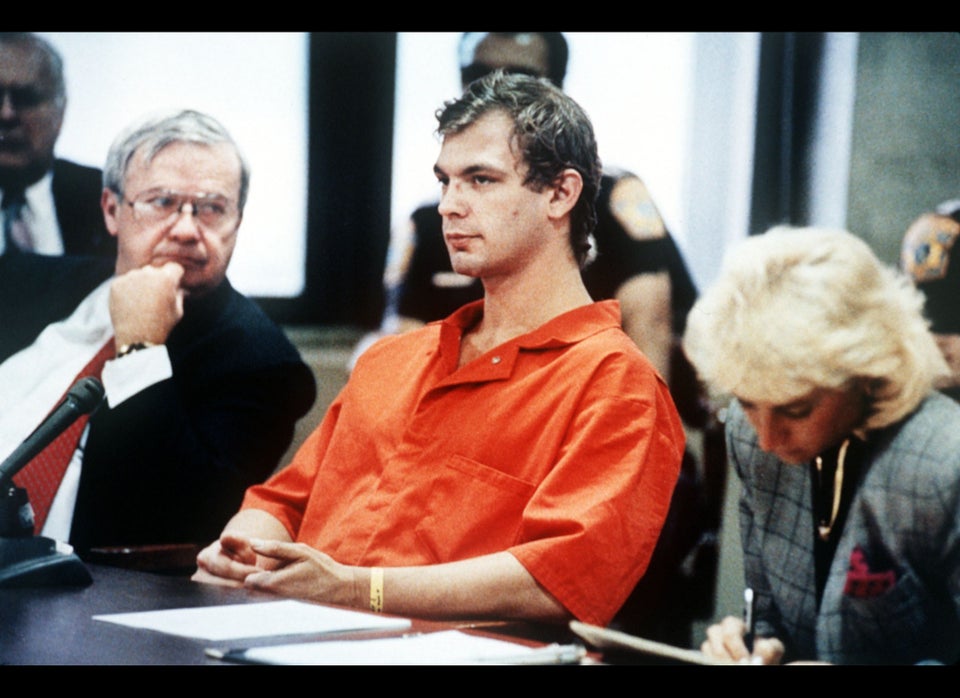Charles Manson has been called many things over the years.
“American icon of evil,” “cult leader,” and “chieftain of hate” are among the words he’s been associated with.
Manson’s bizarre personality, his disdain for authority and his willingness to engage the press are often the highlights of his story, which has been told countless times by the entertainment industry.
Advertisement
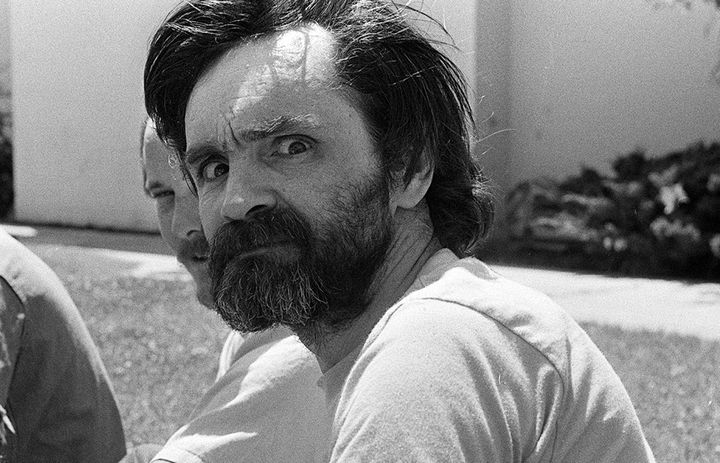
Mirrorpix via Getty Images
With the focus almost always on Manson as a persona — instead of the crimes he helped to carry out — it’s easy to forget, given the passage of nearly five decades, that it was a string of brutal murders by Manson and his followers that earned the convicted killer his nicknames and an infamous page in the history books.
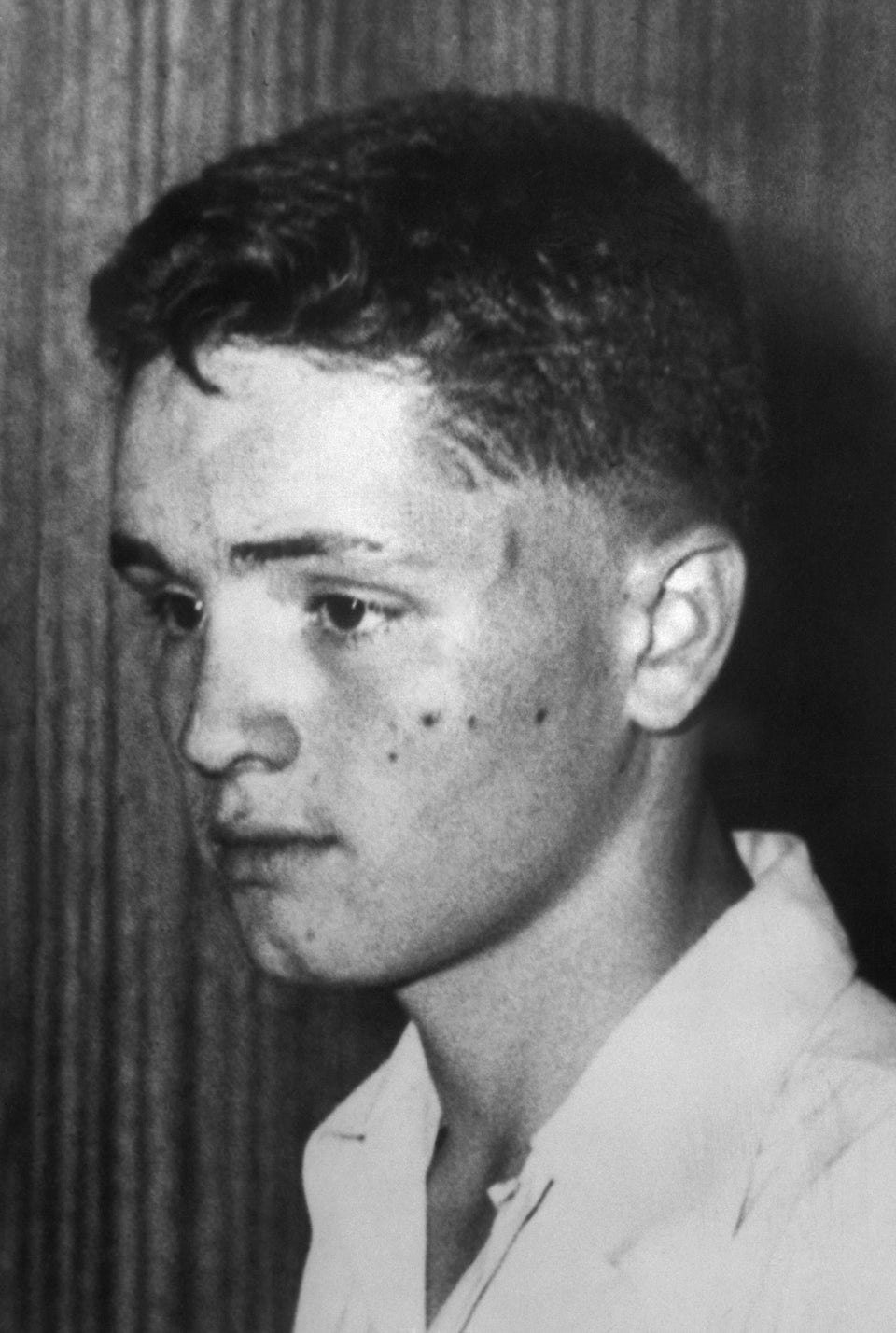
Bettmann via Getty Images
Manson was born in Cincinnati, Ohio, in 1934. His mother, Kathleen Maddox, was just 16 years old. Hospital staff initially referred to him as "no name Maddox" until his mother gave him the name Charles Milles Maddox. When she married, her son's last name was changed to Manson.
Manson was in and out of the juvenile justice system throughout his childhood. He'd committed numerous crimes, including burglaries, armed robberies and auto thefts. By age 18, he'd landed in a federal reformatory in Petersburg, Virginia.
Manson continued to commit crimes after his release from the reformatory and by age 32, he'd spent more than half his life incarcerated.
Manson was in and out of the juvenile justice system throughout his childhood. He'd committed numerous crimes, including burglaries, armed robberies and auto thefts. By age 18, he'd landed in a federal reformatory in Petersburg, Virginia.
Manson continued to commit crimes after his release from the reformatory and by age 32, he'd spent more than half his life incarcerated.
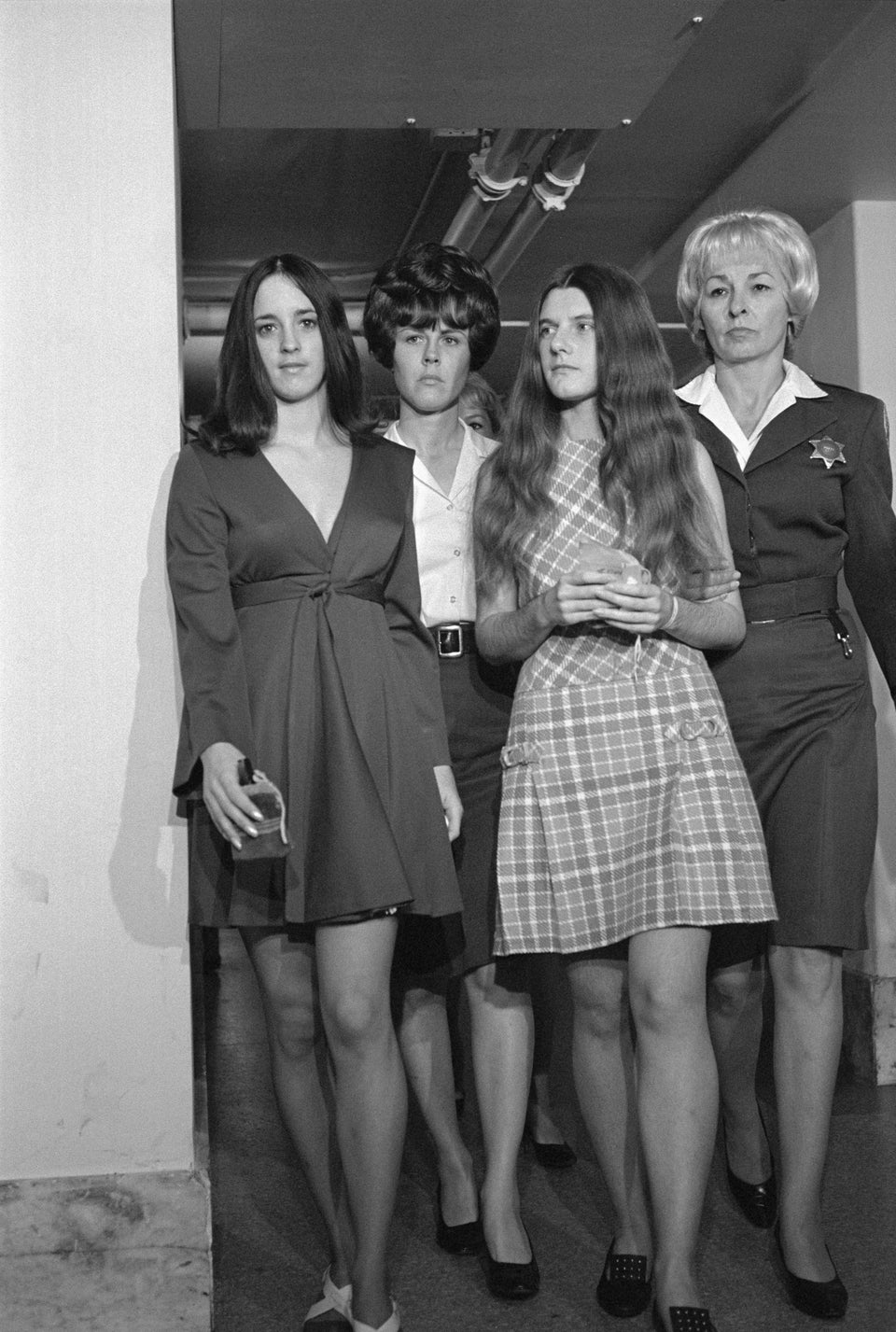
Bettmann via Getty Images
In the late 1960s, Manson formed a quasi-communal cult in the Los Angeles area of California. The group, mostly made up of young women, called themselves the Manson Family. Severalpeople who knew Manson claimed he was very charismatic and manipulative, helping to explain how he attracted followers.
Manson told his followers an apocalyptic race war was coming. He described the collapse of society as "Helter Skelter," a term borrowed from a Beatles song.
It's believed Manson's goal was to precipitate a race war. In Manson’s mind, Helter Skelter was an “apocalyptic war stemming from racial tensions between blacks and whites,” according to the book Helter Skelter: The True Story of the Manson Murders. Manson wanted to set it in motion.
Manson told his followers an apocalyptic race war was coming. He described the collapse of society as "Helter Skelter," a term borrowed from a Beatles song.
It's believed Manson's goal was to precipitate a race war. In Manson’s mind, Helter Skelter was an “apocalyptic war stemming from racial tensions between blacks and whites,” according to the book Helter Skelter: The True Story of the Manson Murders. Manson wanted to set it in motion.
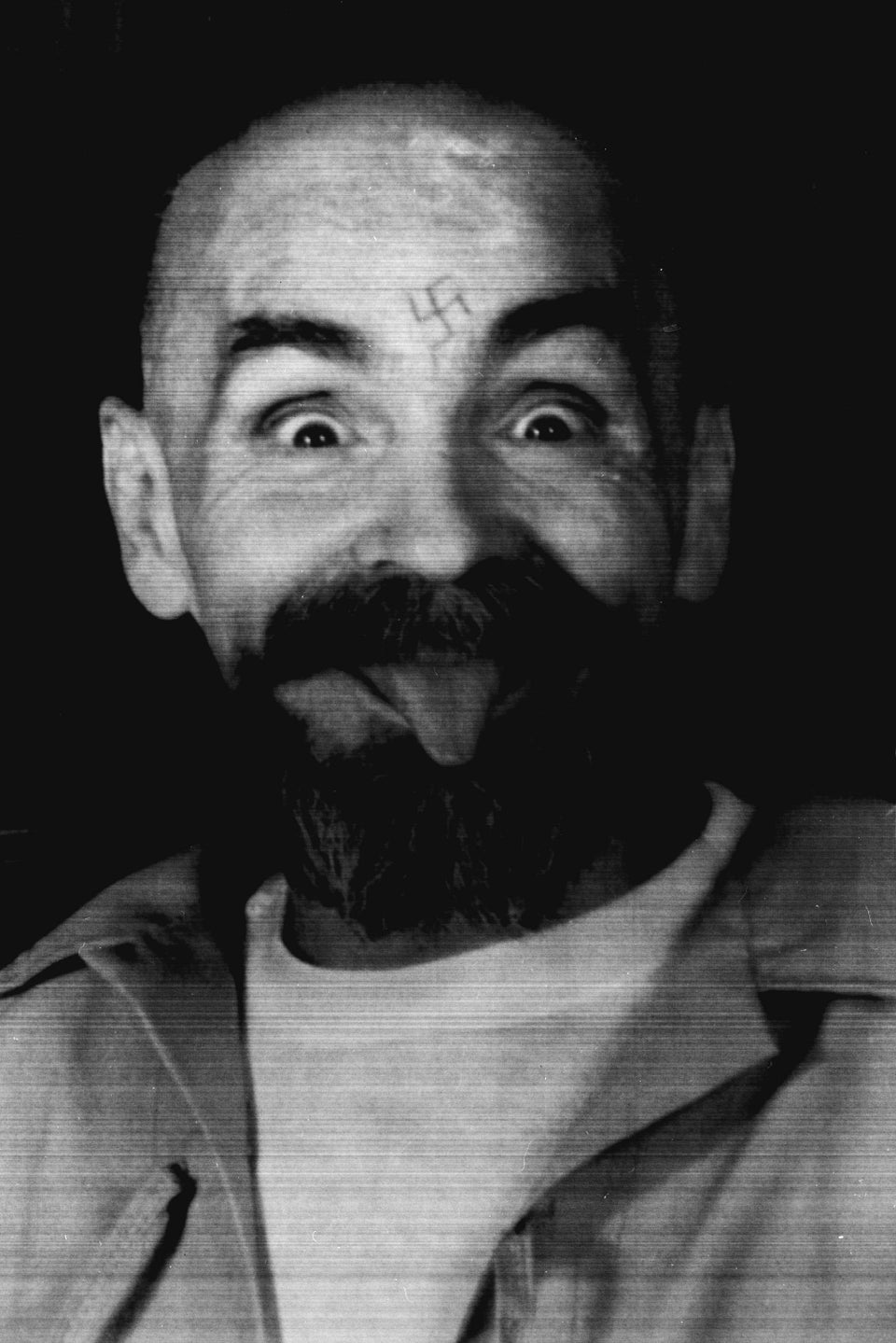
Reuters Photographer / Reuters
Bernard Crowe, a man the Manson family had allegedly stolen from, was Manson's first intended victim. On July 1, 1969, Crowe was shot inside his Hollywood apartment and left for dead. Crowe survived the shooting.
Later that same month, Manson ordered his followers to kill Gary Hinman, an acquaintance who refused to share money he'd recently inherited with Manson. Hinman was stabbed to death. Afterward, one of Manson's followers used Hinman's blood to write "Political piggy" on the wall.
Manson follower Robert Beausoleil was later caught driving Hinman's car. Manson decided it was time for Helter Skelter following the arrest, according to prosecutor Vincent Bugliosi's account in his book about the case.
Later that same month, Manson ordered his followers to kill Gary Hinman, an acquaintance who refused to share money he'd recently inherited with Manson. Hinman was stabbed to death. Afterward, one of Manson's followers used Hinman's blood to write "Political piggy" on the wall.
Manson follower Robert Beausoleil was later caught driving Hinman's car. Manson decided it was time for Helter Skelter following the arrest, according to prosecutor Vincent Bugliosi's account in his book about the case.
Advertisement
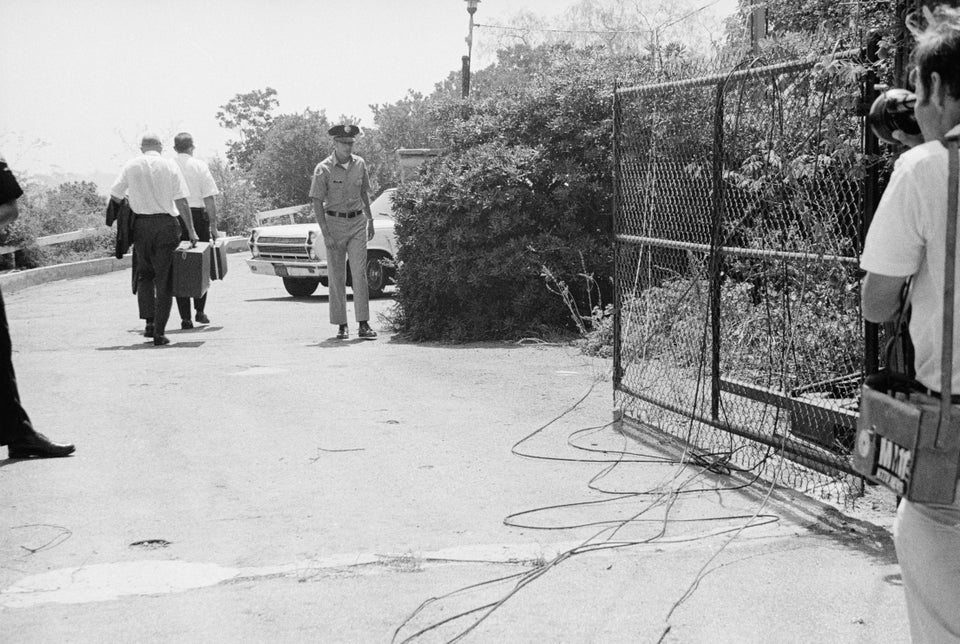
Bettmann via Getty Images
On Aug. 9, 1969, Manson directed followers Tex Watson, Susan Atkins, Linda Kasabian, and Patricia Krenwinkelto kill everyone at a Los Angeles residence he'd previously visited.
The victims, five in total, were later identified as Sharon Tate, a pregnant actress married to director Roman Polanski, Jay Sebring, Abigail Folger, Wojciech Frykowski, and Steven Parent. Before leaving, the killers wrote "pig" — a word meant to antagonize police — in blood on the front door.
The victims, five in total, were later identified as Sharon Tate, a pregnant actress married to director Roman Polanski, Jay Sebring, Abigail Folger, Wojciech Frykowski, and Steven Parent. Before leaving, the killers wrote "pig" — a word meant to antagonize police — in blood on the front door.

Bettmann via Getty Images
The night after the Tate murders, Manson ordered his followers to kill supermarket executive Leno LaBianca and his wife, Rosemary.
The couple was brutally stabbed to death in their Los Angeles home. Mansonwas present at the LaBianca household to help his followers subdue the victims, but left prior to the killings. Before leaving the scene, the killers carved "WAR" on Leno LaBianca's abdomen and used the victim's blood to write "Rise" and "Death to pigs" on the walls. "Helter Skelter" — misspelled — was written on a refrigerator.
The couple was brutally stabbed to death in their Los Angeles home. Mansonwas present at the LaBianca household to help his followers subdue the victims, but left prior to the killings. Before leaving the scene, the killers carved "WAR" on Leno LaBianca's abdomen and used the victim's blood to write "Rise" and "Death to pigs" on the walls. "Helter Skelter" — misspelled — was written on a refrigerator.

John Malmin via Getty Images
Several Manson family members were arrested shortly after the LaBiancas' murders, thanks to forensic evidence at the crime scenes and the confessions of people involved with the murders.
Manson and three of his devout followers ― Atkins, Krenwinkel and Leslie Van Houten ― went on trial in June 1970. A fifth suspect, Linda Kasabian, was given immunity in exchange for her testimony against the others.
The courtroom antics of Manson and his followers captured front-page headlines. At one point, Manson carved an X into his forehead, which he turned into a swastika years later. Some of his followers held vigils outside the courthouse.
On Jan. 25, 1971, the jury convicted the four defendants on multiple counts of first-degree murder.
Roughly a year later, Manson was convicted of two additional counts of first-degree murder for Hinman's murder and the August 1969 killing of horse wrangler Donald Shea.
Manson and three of his devout followers ― Atkins, Krenwinkel and Leslie Van Houten ― went on trial in June 1970. A fifth suspect, Linda Kasabian, was given immunity in exchange for her testimony against the others.
The courtroom antics of Manson and his followers captured front-page headlines. At one point, Manson carved an X into his forehead, which he turned into a swastika years later. Some of his followers held vigils outside the courthouse.
On Jan. 25, 1971, the jury convicted the four defendants on multiple counts of first-degree murder.
Roughly a year later, Manson was convicted of two additional counts of first-degree murder for Hinman's murder and the August 1969 killing of horse wrangler Donald Shea.
Advertisement
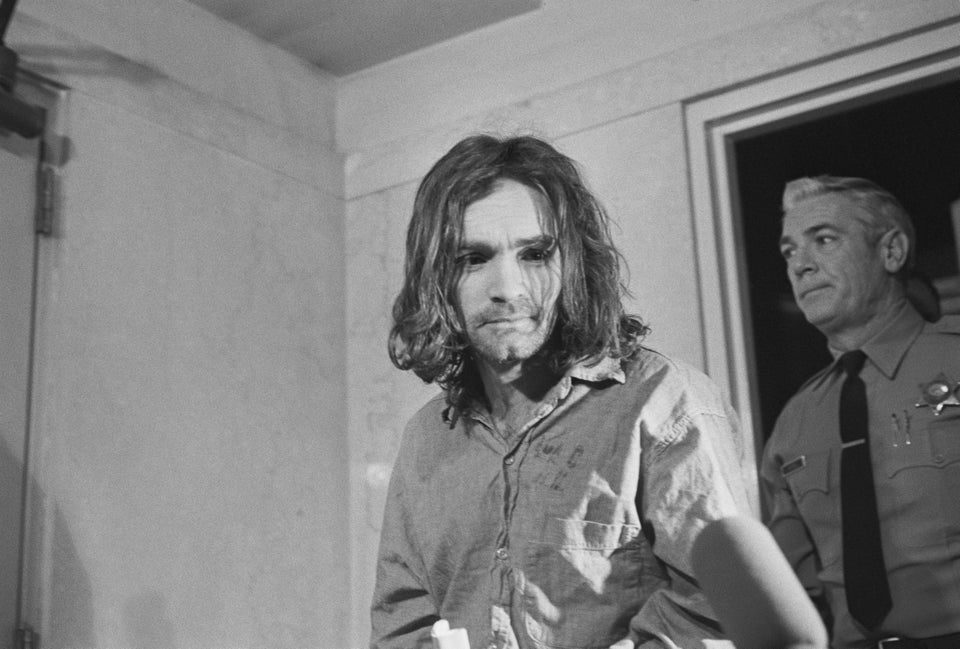
Bettmann via Getty Images
In March 1971, the jury sentenced each of the Manson Family defendants to death.
Three months later, Manson follower Charles "Tex" Watson, who was involved in the Tate and LaBianca murders, went to trial. He was found guilty of seven counts of first-degree murder and sentenced to death.
The defendants' sentences were commuted to life in prison in 1972, when the U.S. Supreme Court temporarily banned the death penalty.
Manson was denied parole a dozen times during his decades of incarceration. He didn't attend his most recent hearing in April 2012.
Three months later, Manson follower Charles "Tex" Watson, who was involved in the Tate and LaBianca murders, went to trial. He was found guilty of seven counts of first-degree murder and sentenced to death.
The defendants' sentences were commuted to life in prison in 1972, when the U.S. Supreme Court temporarily banned the death penalty.
Manson was denied parole a dozen times during his decades of incarceration. He didn't attend his most recent hearing in April 2012.
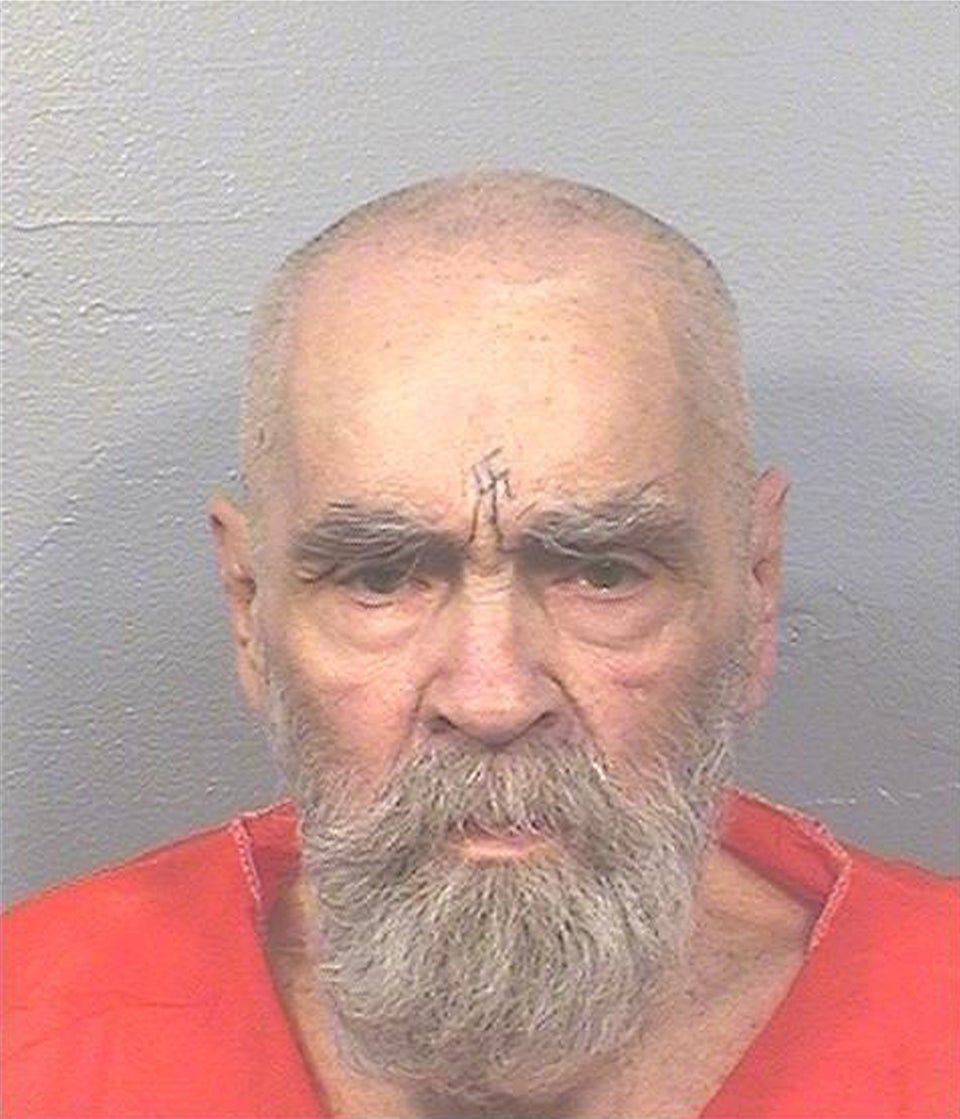
Handout . / Reuters
On Nov. 19, 2017, Manson, 83, died after spending nearly 50 years behind bars.
His death came months after he was hospitalized for gastrointestinal issues.
Tate's sister, Debra Tate, told ABC News after Manson died that she did not feel relieved to hear the news.
"People are saying that this should be some kind of relief, but oddly enough it really isn't," Tate said. "While Charlie may be gone … we have one Manson family member on deck who has been granted a parole date … and it's important for people to know that these are individuals that are still brutal monsters capable of committing heinous crimes … it's very important that they stay exactly where they are until they die."
His death came months after he was hospitalized for gastrointestinal issues.
Tate's sister, Debra Tate, told ABC News after Manson died that she did not feel relieved to hear the news.
"People are saying that this should be some kind of relief, but oddly enough it really isn't," Tate said. "While Charlie may be gone … we have one Manson family member on deck who has been granted a parole date … and it's important for people to know that these are individuals that are still brutal monsters capable of committing heinous crimes … it's very important that they stay exactly where they are until they die."
Advertisement


